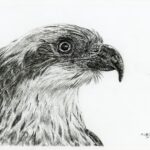How to Draw in Pen and Ink: A Beginner’s Basic Guide

Introduction
Hello, I’m Pengamaru. Pen drawing is an art form that can be started easily with minimal tools. Here, I will explain in detail the basic techniques for drawing with a pen.
Basic Guide to Pen Drawing
1. Choosing a Motif

Choosing a motif is a crucial step as it forms the foundation of your artwork. There are various subjects you can draw, but it’s best to choose something you genuinely want to draw.
- Flowers blooming in a garden
- Adorable pets
- Beautiful landscapes
- Cool cars
Drawing something you like will make the process more enjoyable. If you are drawing a person, be considerate of them.
Advice for Beginners

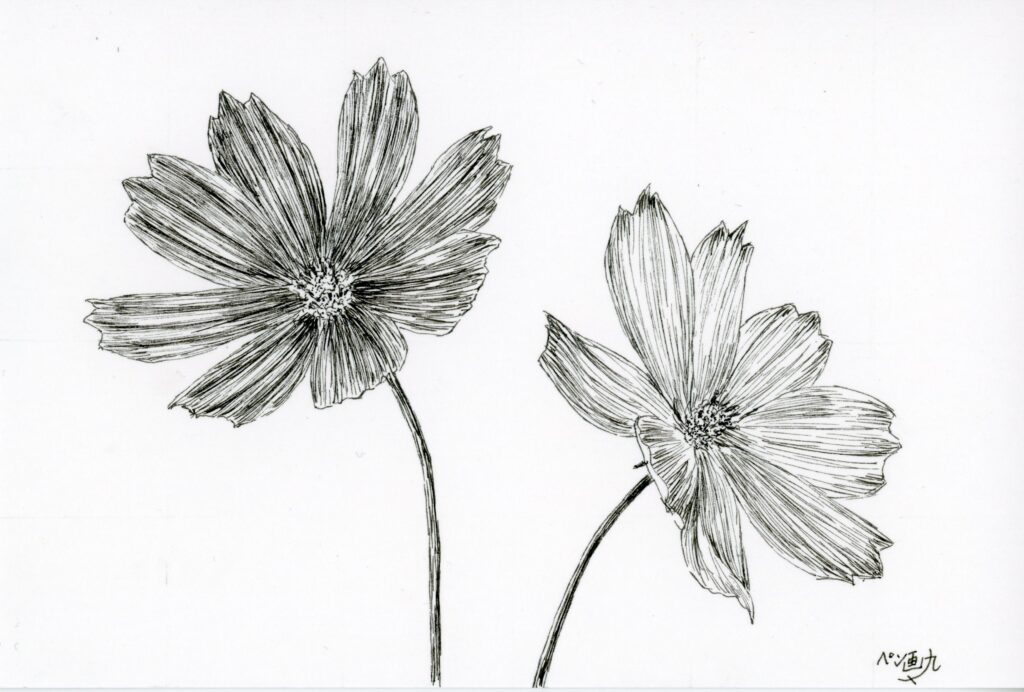
- Start with simple subjects: I recommend starting with simple shapes like apples, flowers, bread, or simple landscapes.
- Use photos as references: While observing real objects is best, using photos can be helpful for moving subjects like animals.
- Start with natural objects: Begin with natural objects like animals, fruits, vegetables, or nuts, as slight deviations in shape are less noticeable. Industrial products with precise shapes are more challenging.
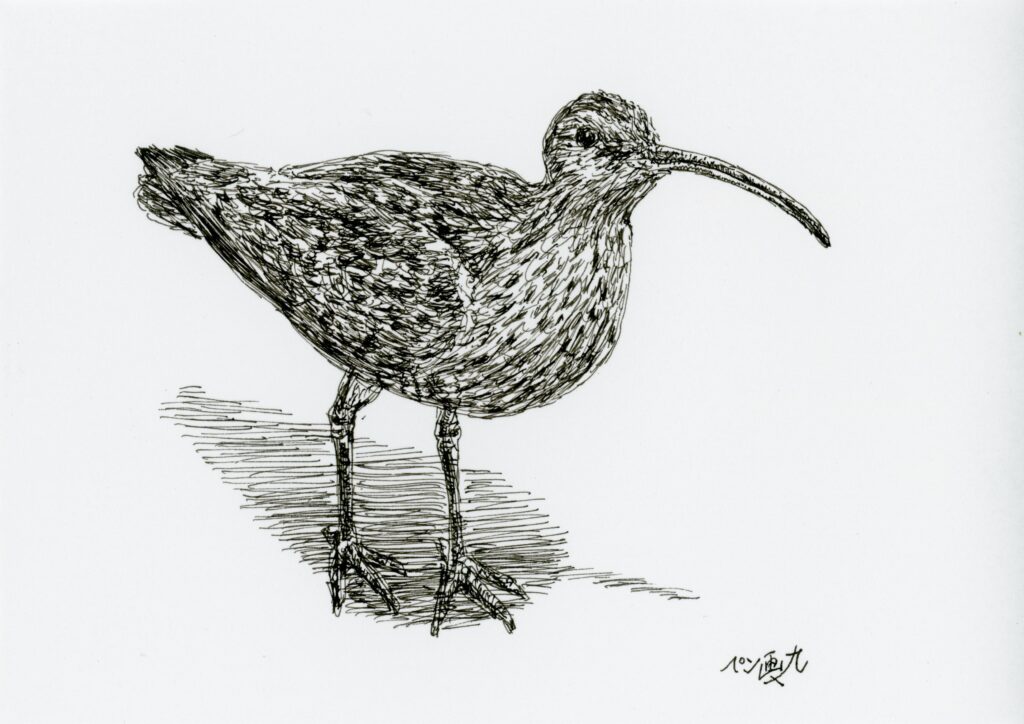
2. Sketching
While it’s possible to draw directly with a pen without a sketch, sketching helps achieve more accuracy. Typically, you sketch with a pencil first and then erase it later.
Using a Pencil
- Draw lightly: Draw lightly so that the pencil marks can be easily erased when inking.
- Draw guidelines: Drawing center lines or symmetry lines for the motif helps maintain balance.
Composition
- Consider the composition: There are various compositions like the rule of thirds, symmetry, central, or triangular arrangements.
- Be mindful of the margins: Leaving some space around the motif can help highlight the main subject.
Drawing the Rough Shape
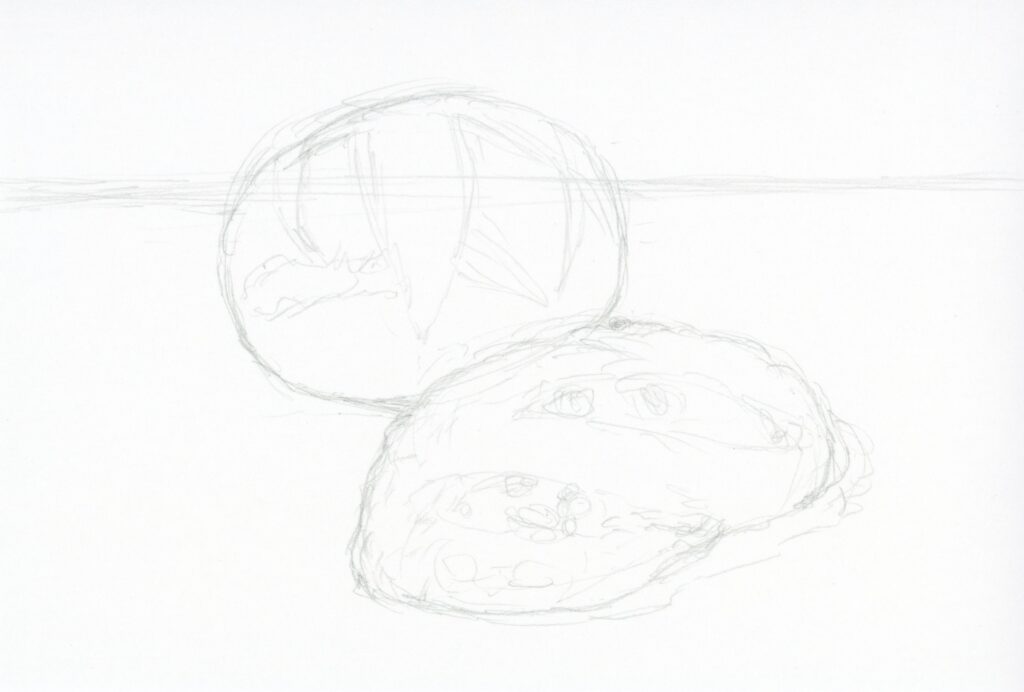
- Capture the basic shape: Break down the motif into basic shapes like circles or squares to maintain overall balance.
- Leave details for later: Start with the rough shape and add details later.
Detailed Sketching
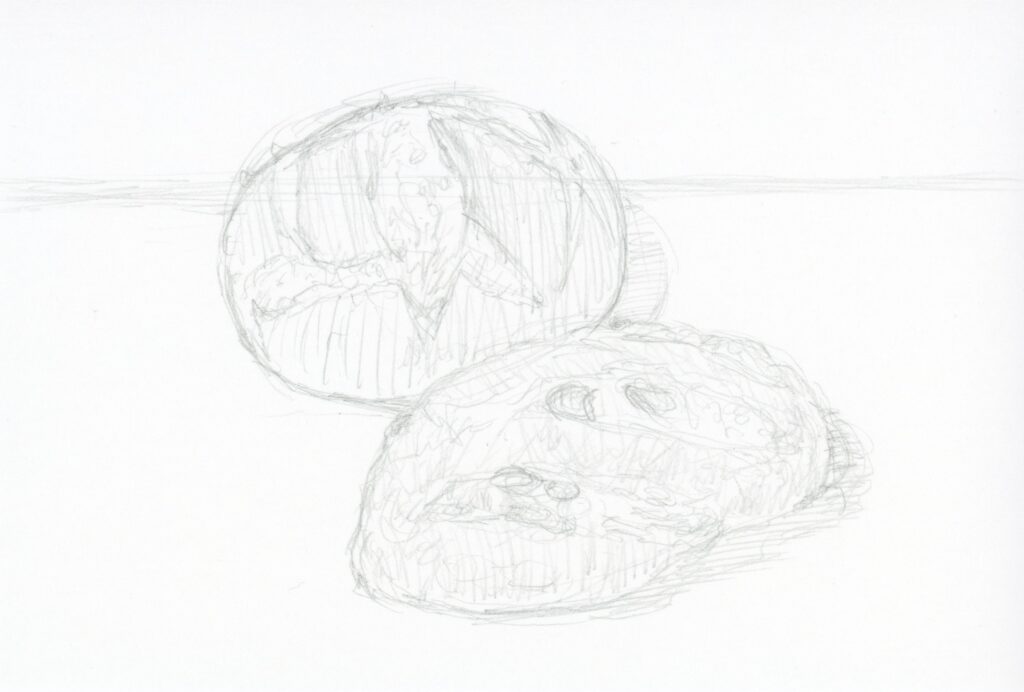
- Sketch the details: Draw lines that follow the shape of the surfaces. Use these lines as a reference for inking.
- Draw the edges of colors and shapes: Draw lines where colors or shapes change.
3. Inking
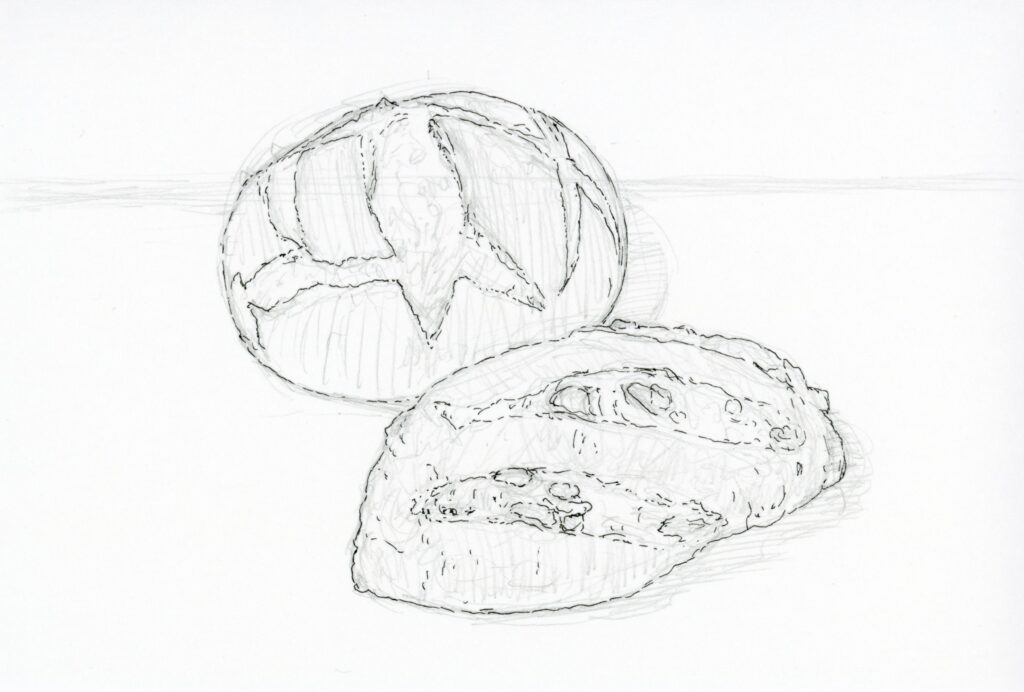
Inking is a crucial process that brings your artwork to life. Use your favorite pen to draw. Even a ballpoint pen is fine.
Choosing a Pen
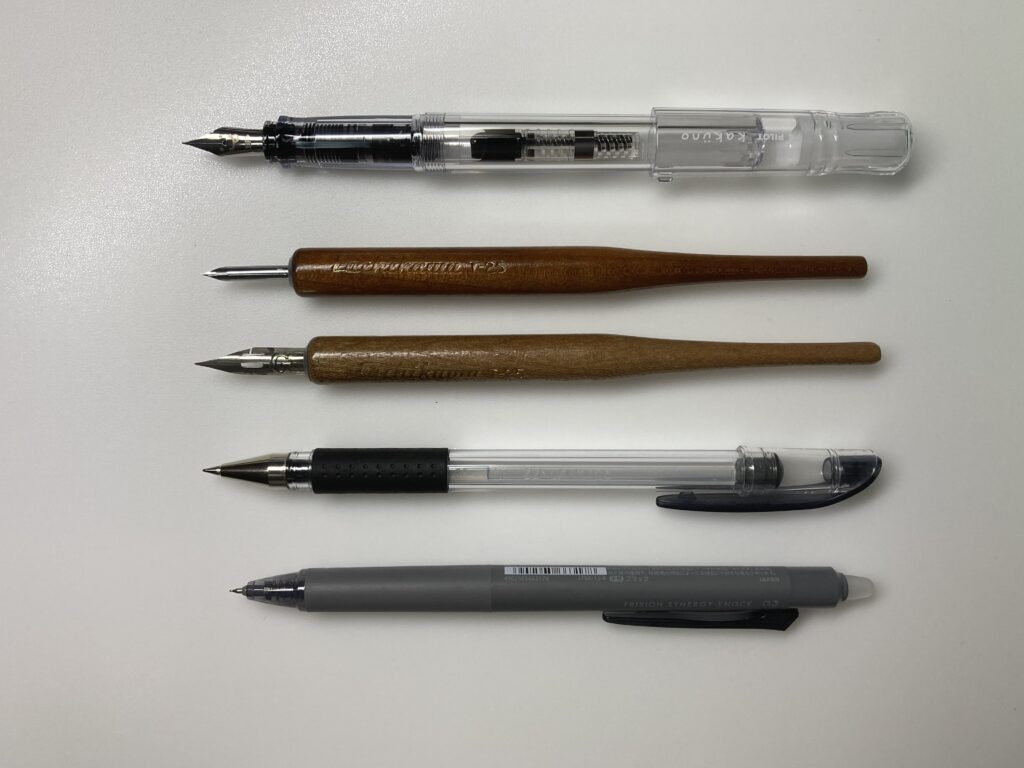
- Fountain pen: Requires less frequent inking, allowing for longer drawing sessions.
- Dip pen: Allows for the use of various inks. There are many types of nibs available for different touches.
- Ballpoint pen: Easily accessible and convenient for drawing. Wipe off ink buildup on the tip frequently.
- Technical pen: Suitable for drawing fine lines and details. Pens with 0.05mm, 0.1mm, or 0.3mm tips are recommended.
Line Variation
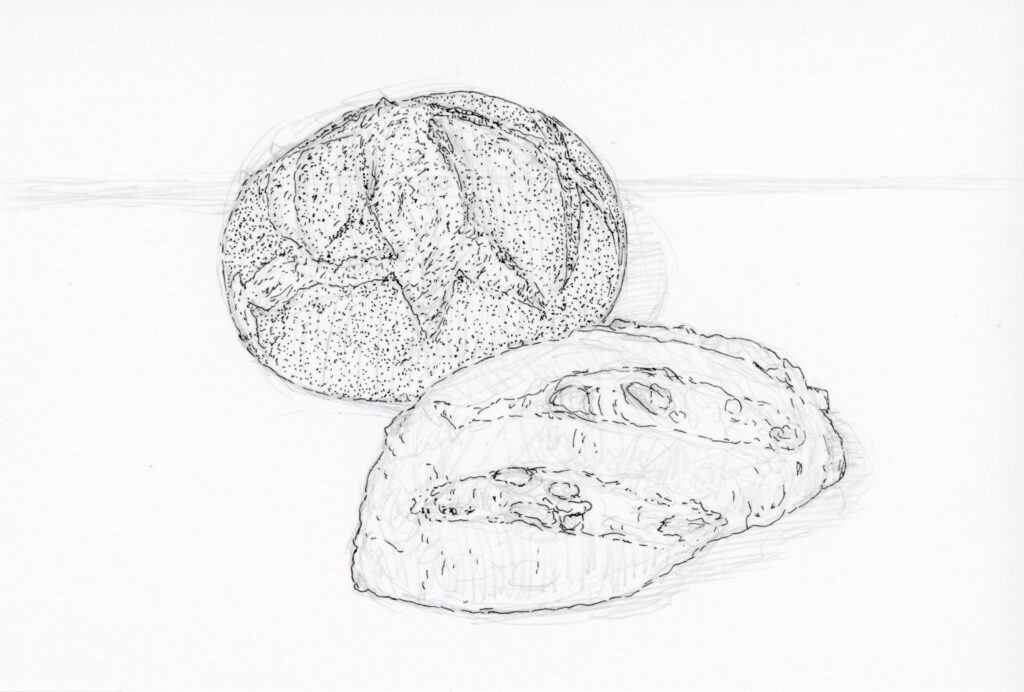
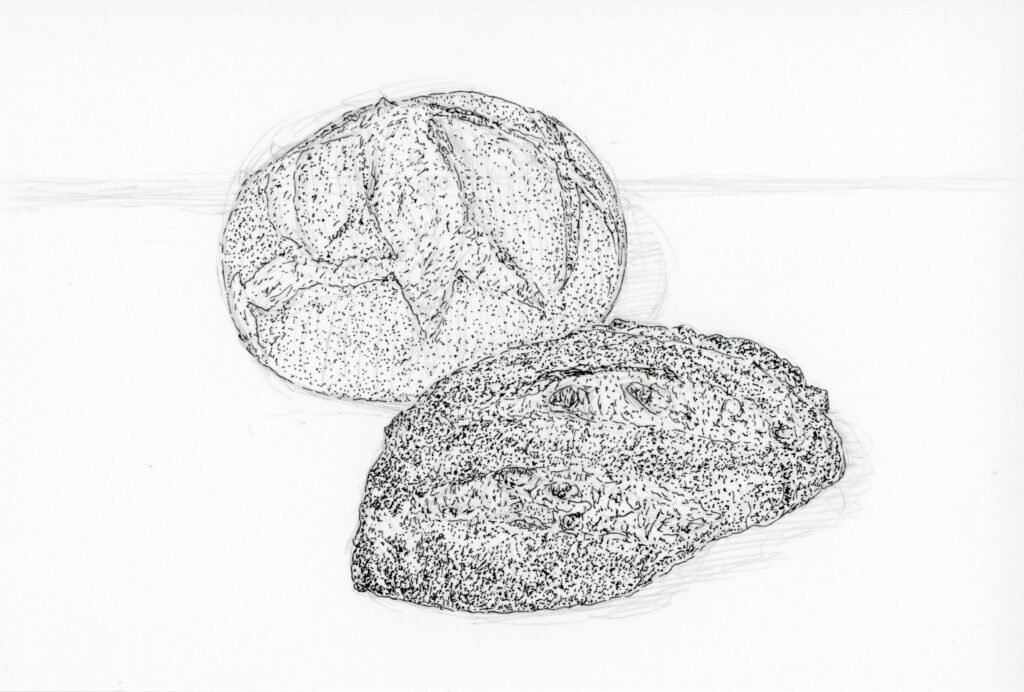
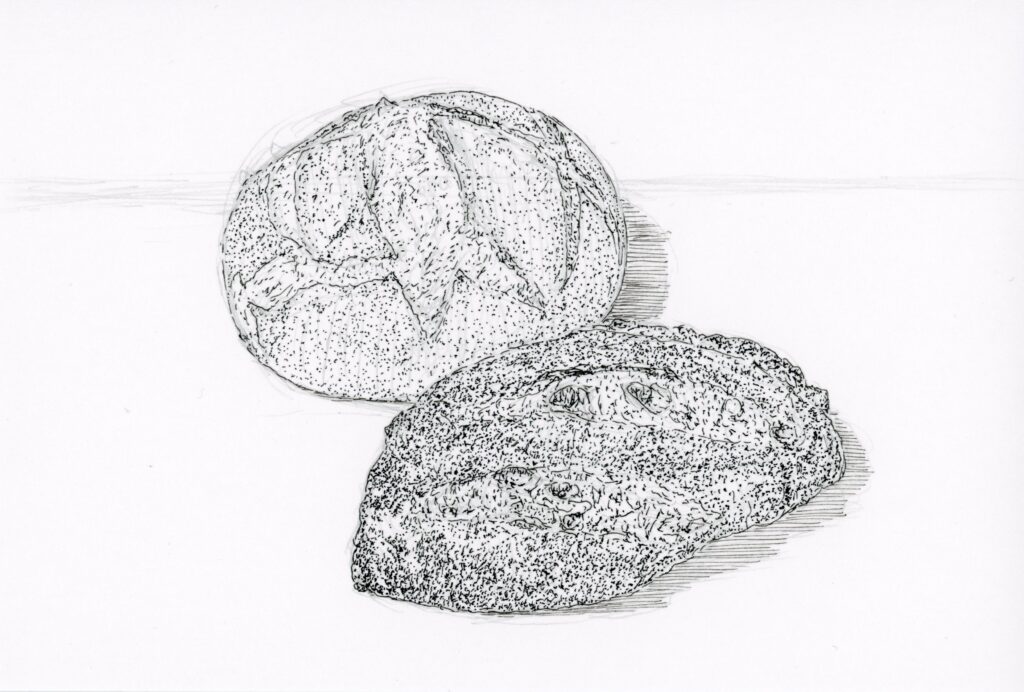
- Vary the pressure: Adjust the thickness of the lines by changing the pressure on the pen. Draw thicker lines for shadows and thinner lines for areas hit by light to create a sense of depth.
- Layer lines: Layering the same line multiple times can adjust the darkness. Especially for shadows, layering adds depth.
Drawing Carefully
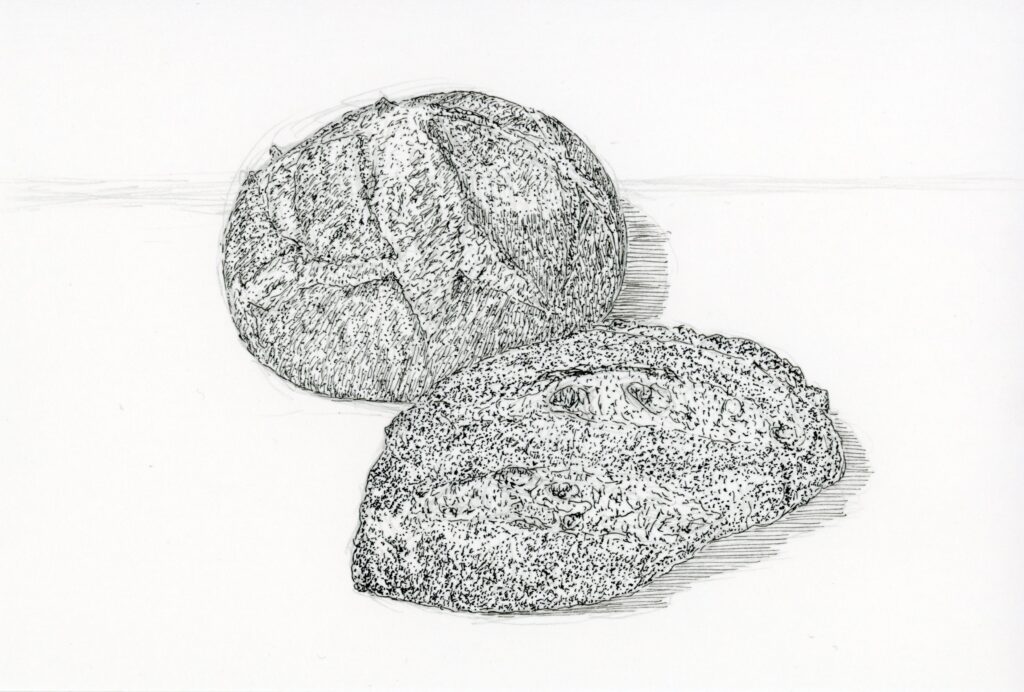
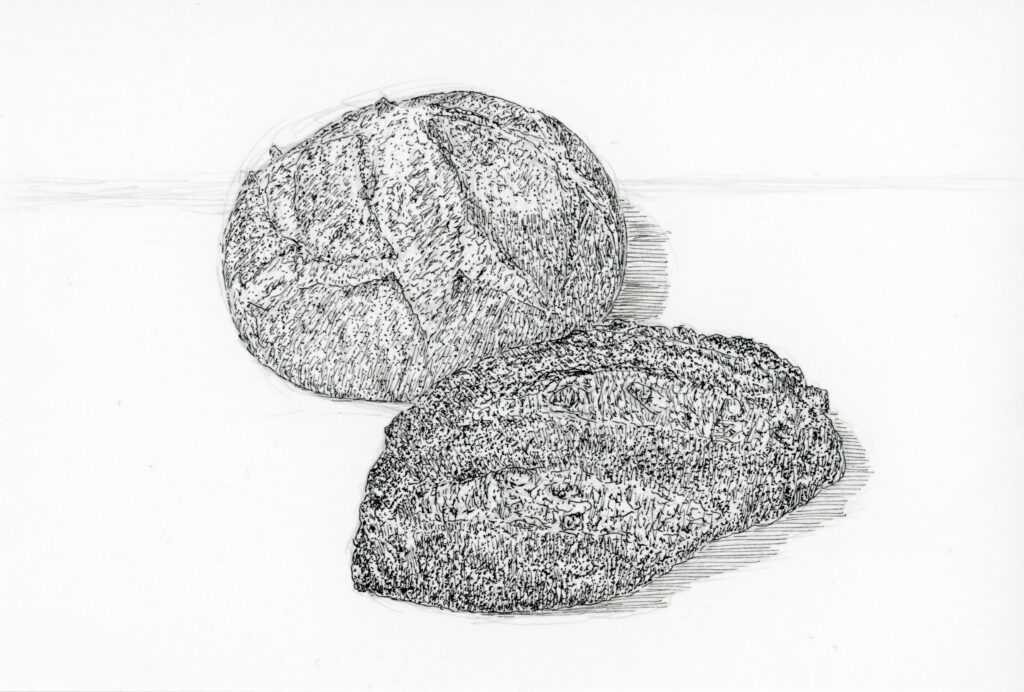
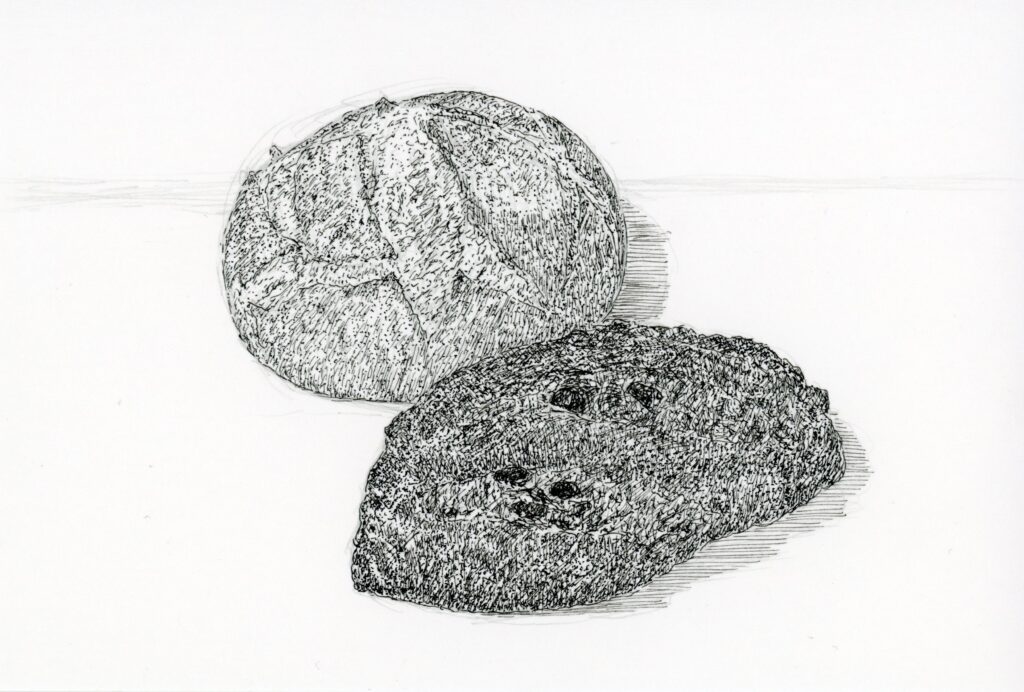
- Take your time: Ink carefully and stabilize your wrist while drawing to achieve steady lines.
- Don’t fear mistakes: Even if you make mistakes, some parts can be corrected later, so don’t worry and keep going.
4. Finishing
Layering Lines to Finish
- Layer lines to finish the details, shadows, and textures.
- Observing carefully is crucial at this stage.
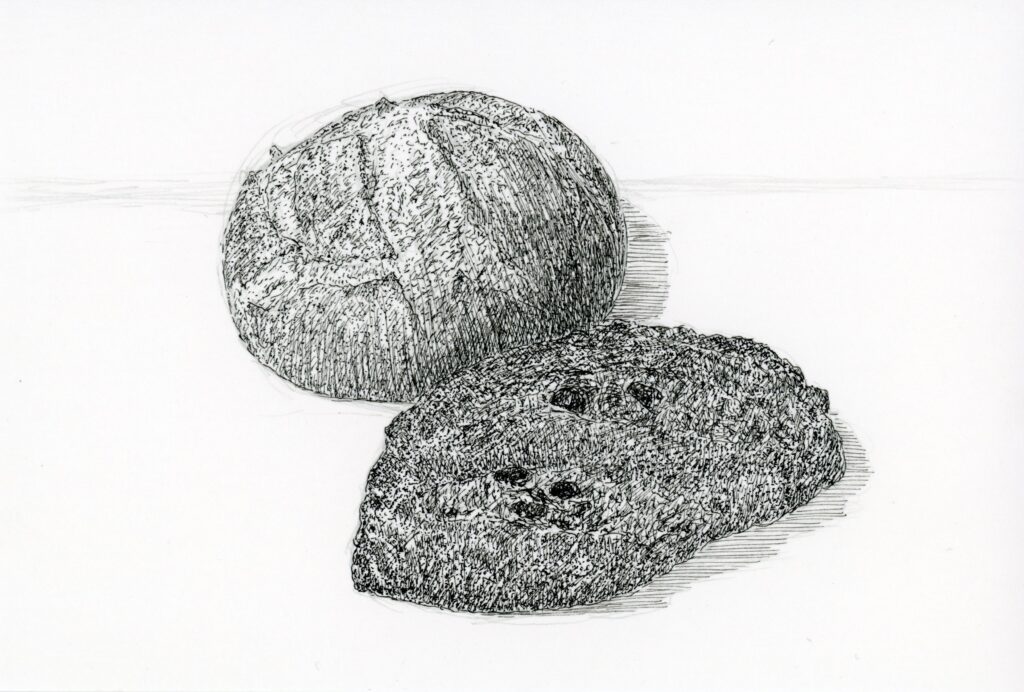
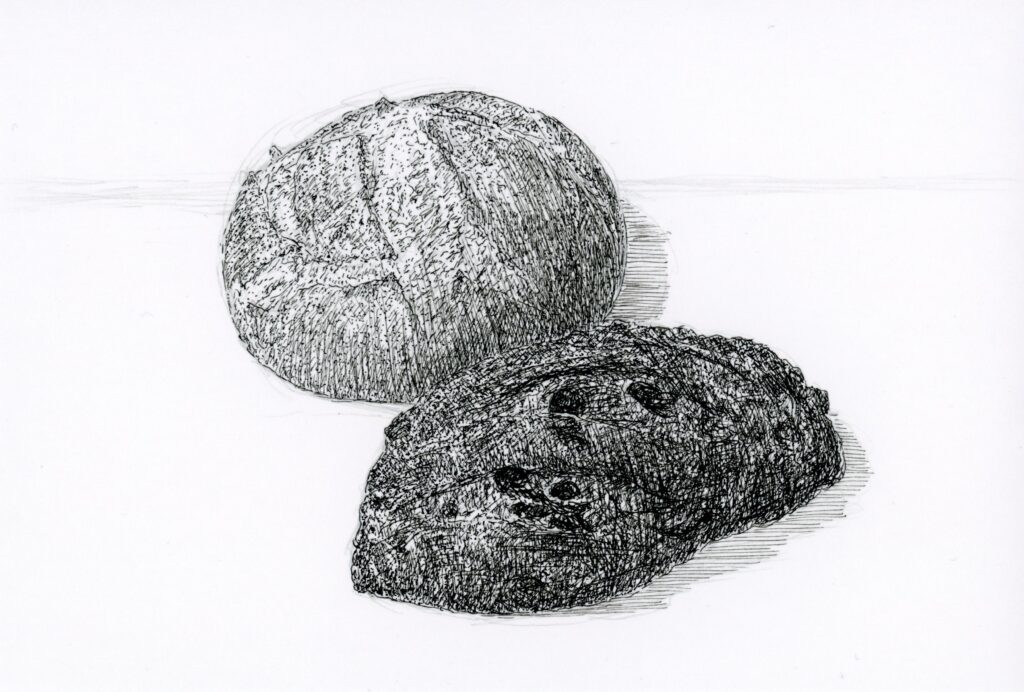
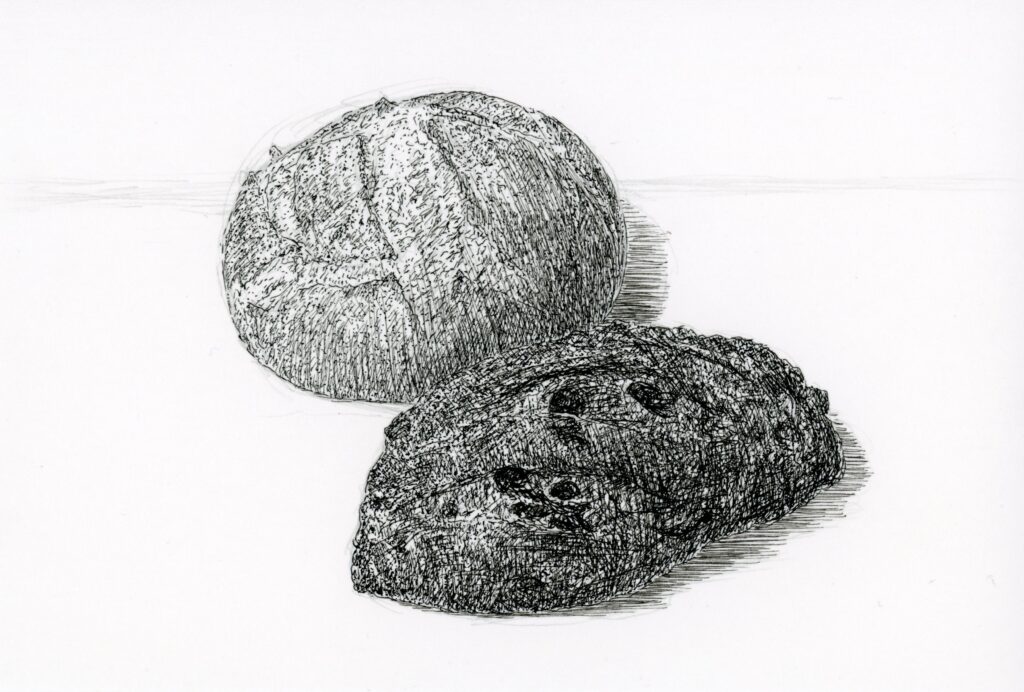
Erasing the Sketch

- Erase the pencil sketch once the inking is sufficiently advanced.
- Make sure the ink is completely dry before erasing to avoid smudging.
- Erase gently to avoid damaging the paper.
Adding Final Touches
- After erasing, add any necessary final touches to complete the inking.
- Observe the motif carefully and finish it meticulously.
5. Completion
Adding a Signature
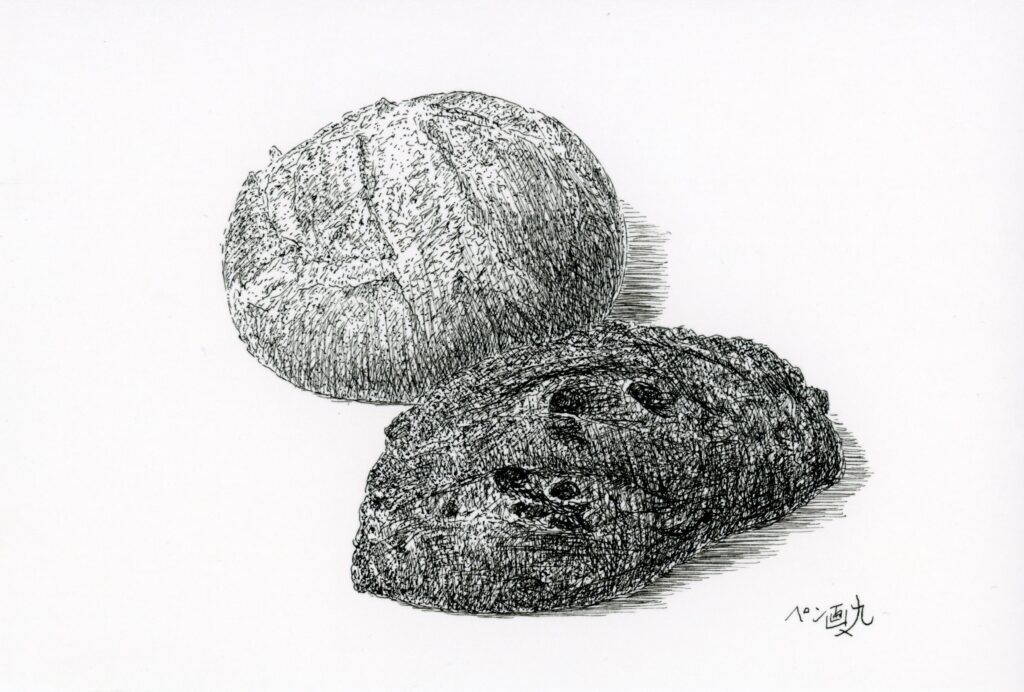
- As part of the artwork: Consider the signature as part of the artwork and place it in a subtle location or in a position that matches the theme of the piece.
- Reflect your style: The style of your signature is also an expression of your individuality, so be creative.
Conclusion
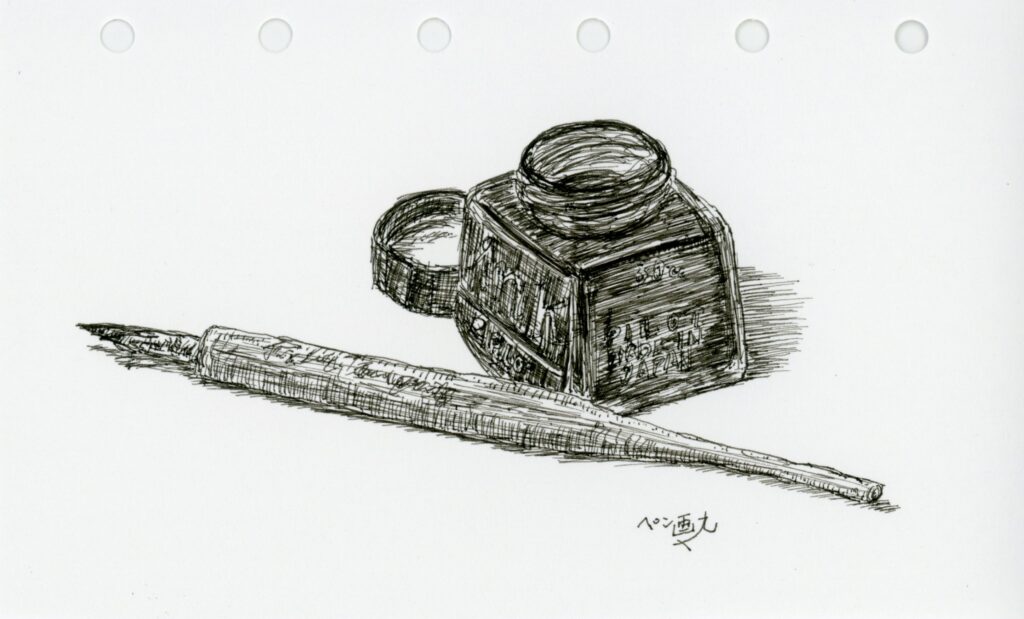
Pen drawing is an attractive art form that can be started with simple tools. By mastering basic techniques, anyone can create beautiful works. Start with simple motifs and gradually increase the difficulty to improve your skills.
Enjoy drawing and find your own style. Don’t be afraid of making mistakes and express yourself freely.
Thank you for reading to the end. I hope this article helps you with your pen drawing.
